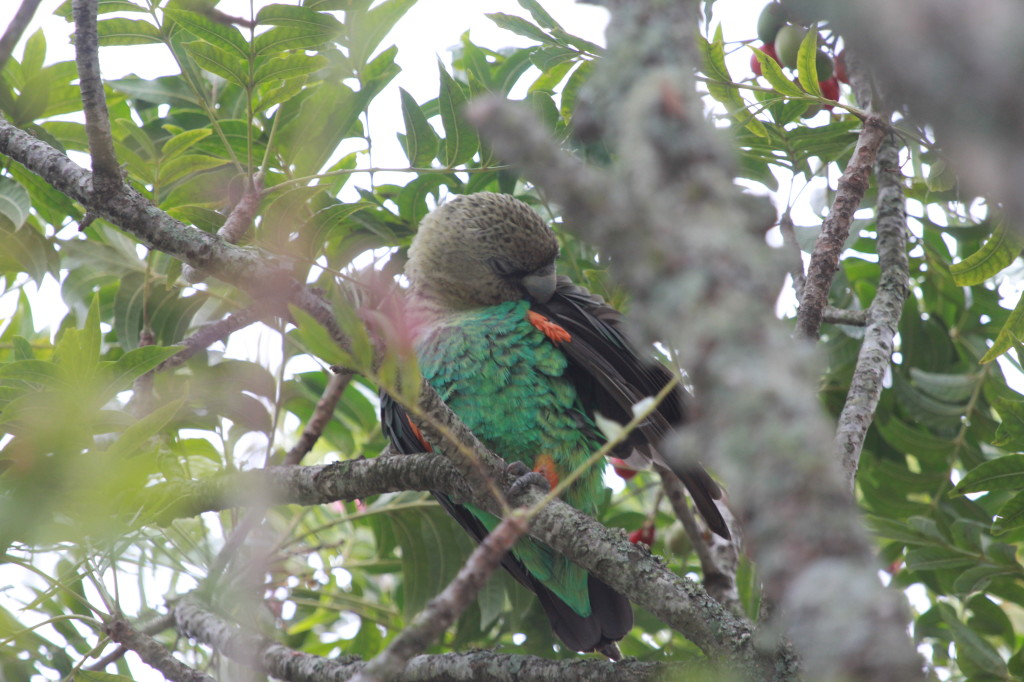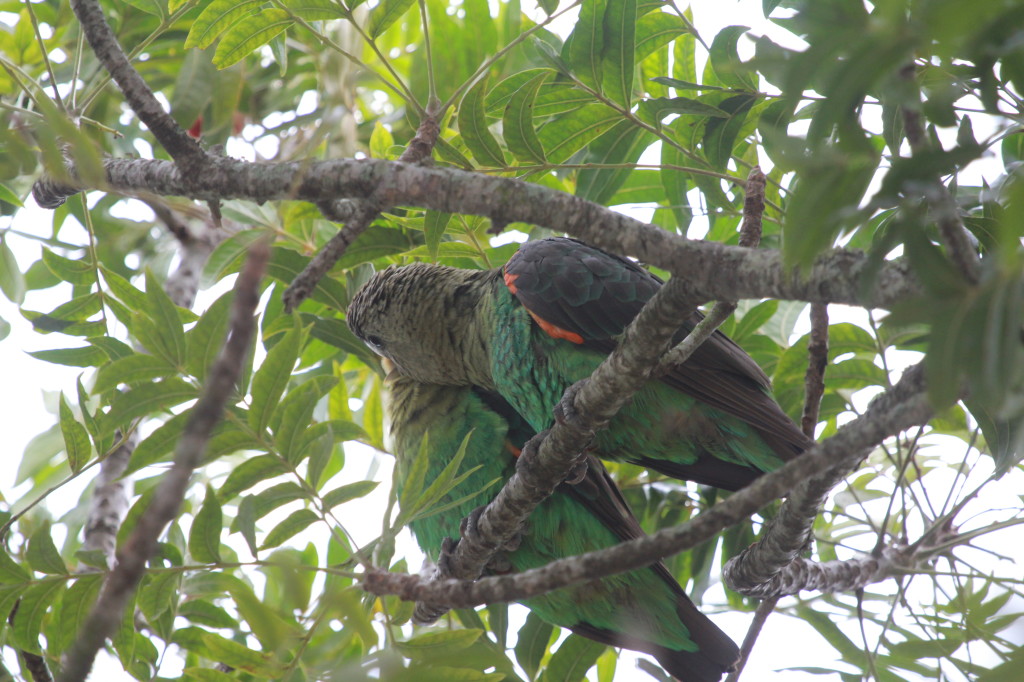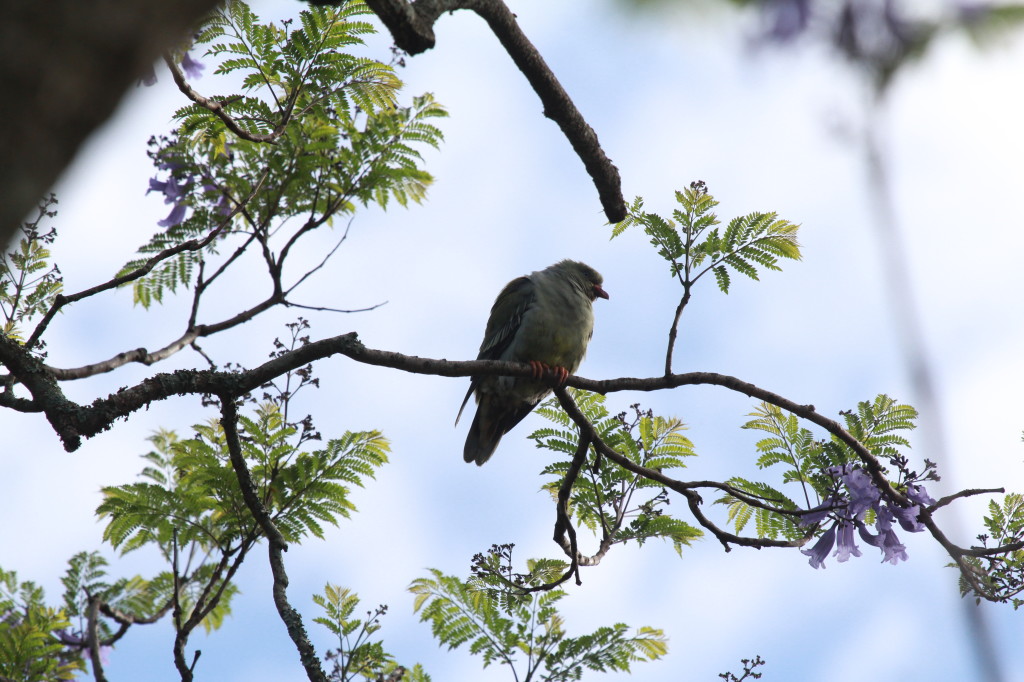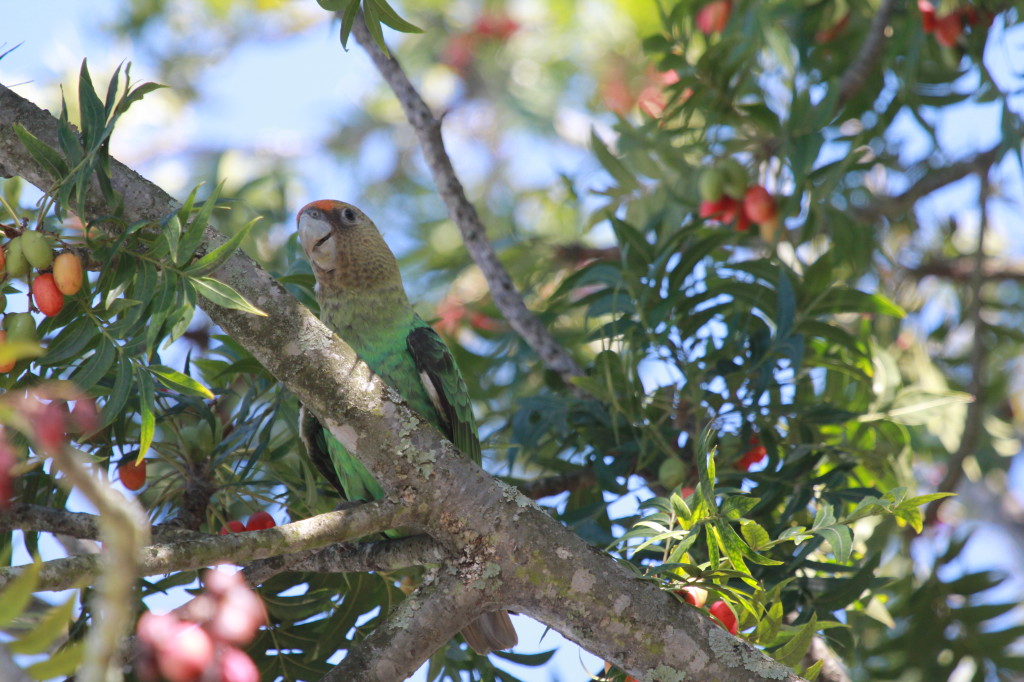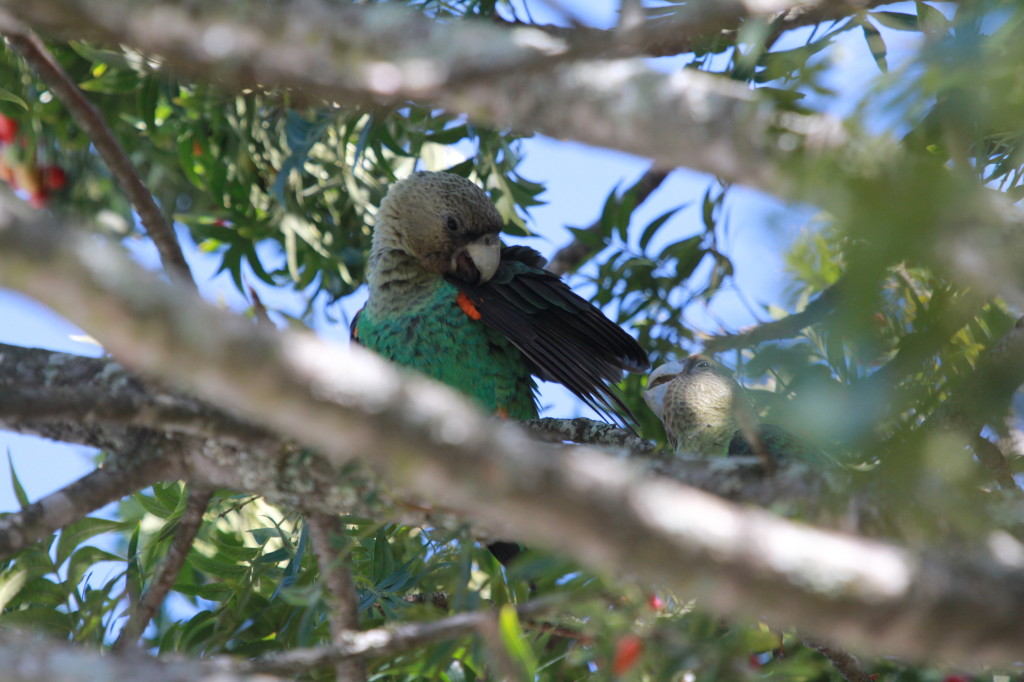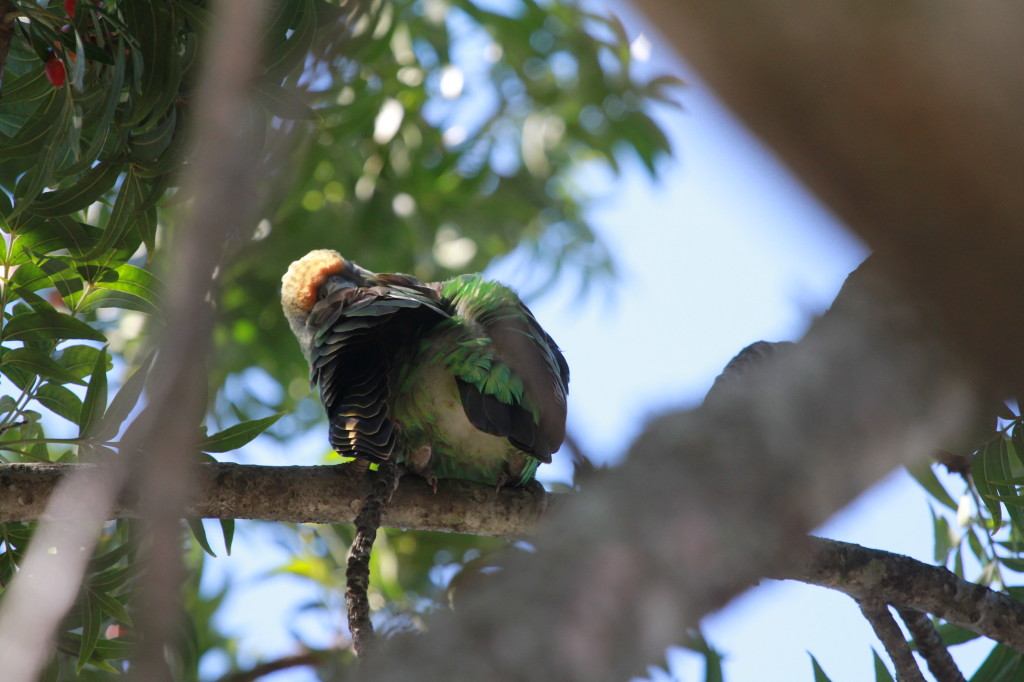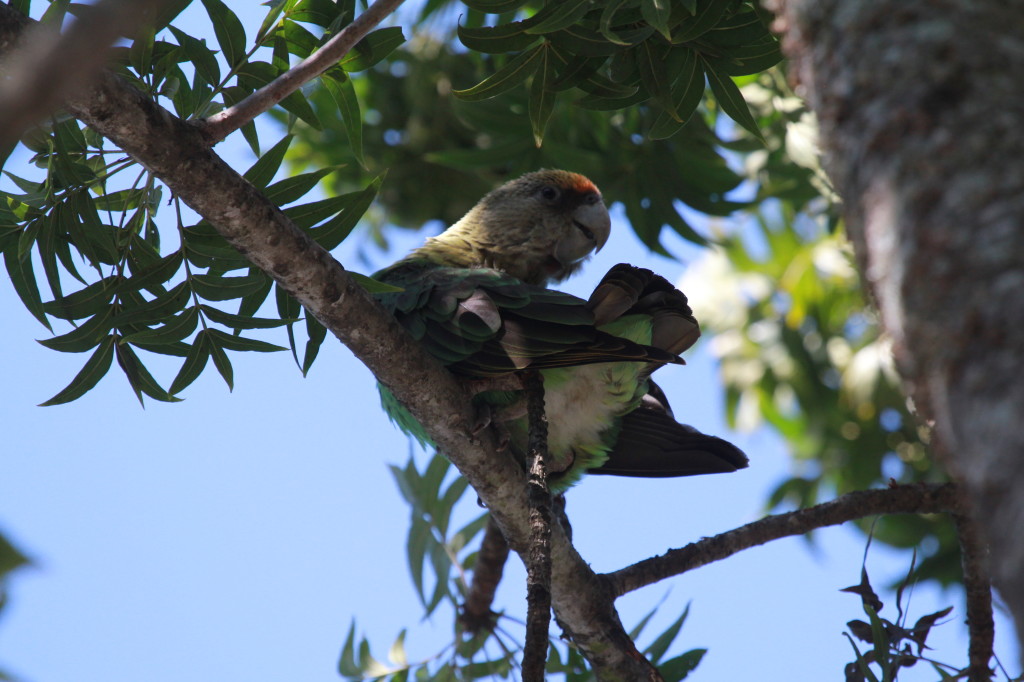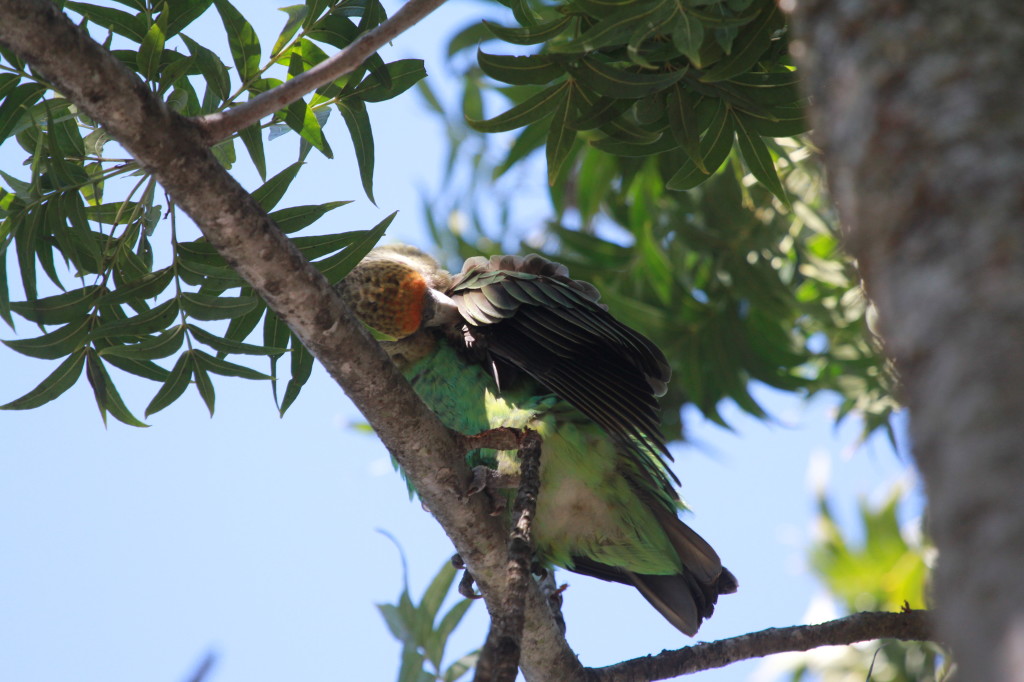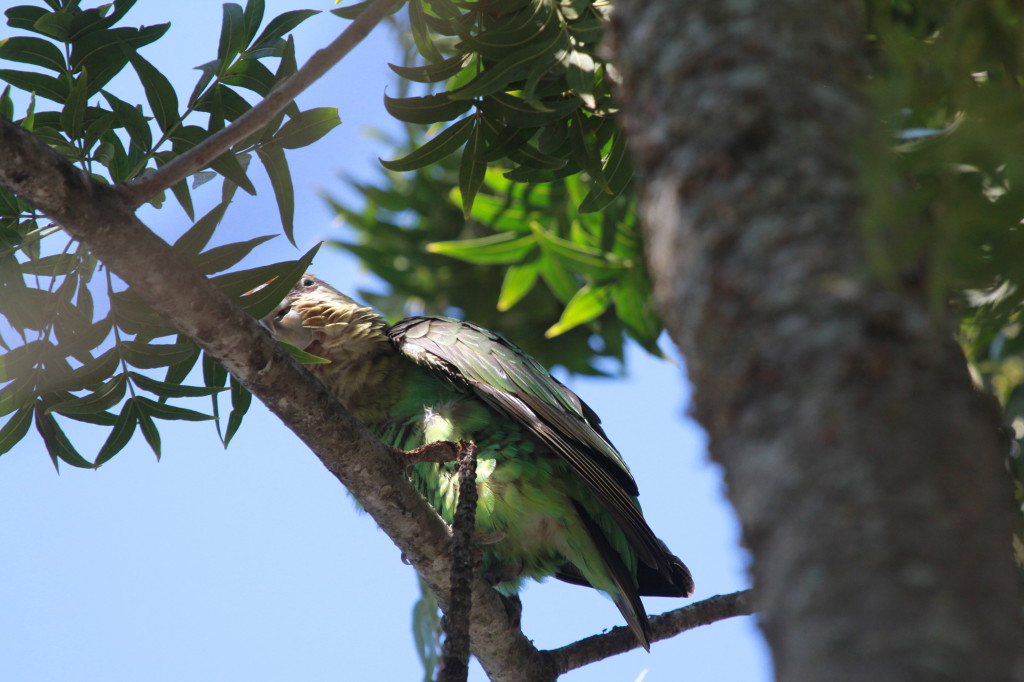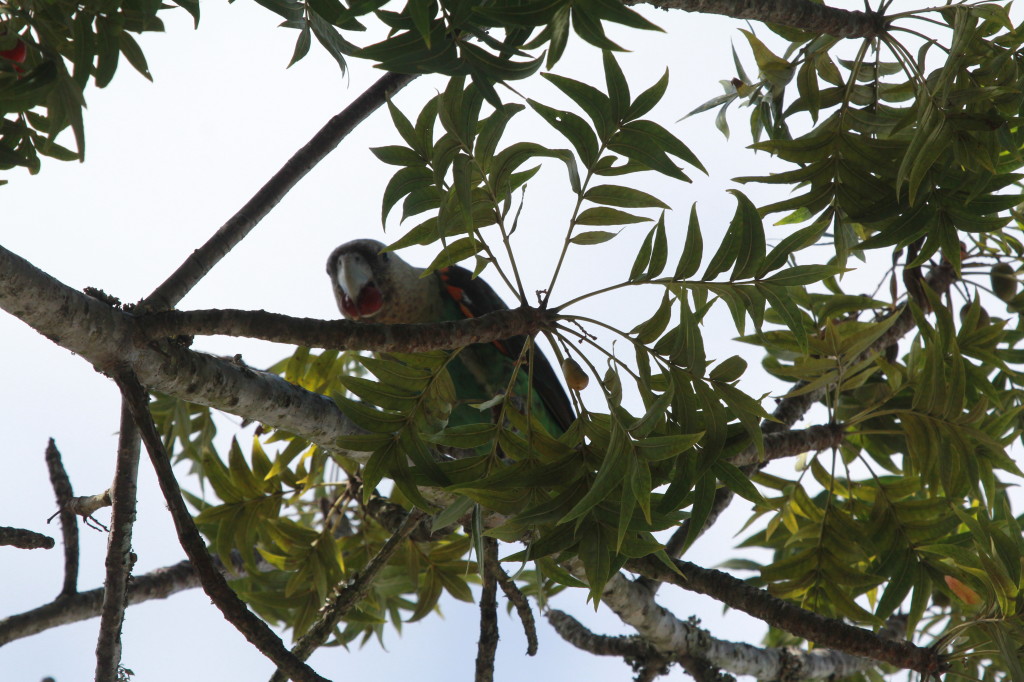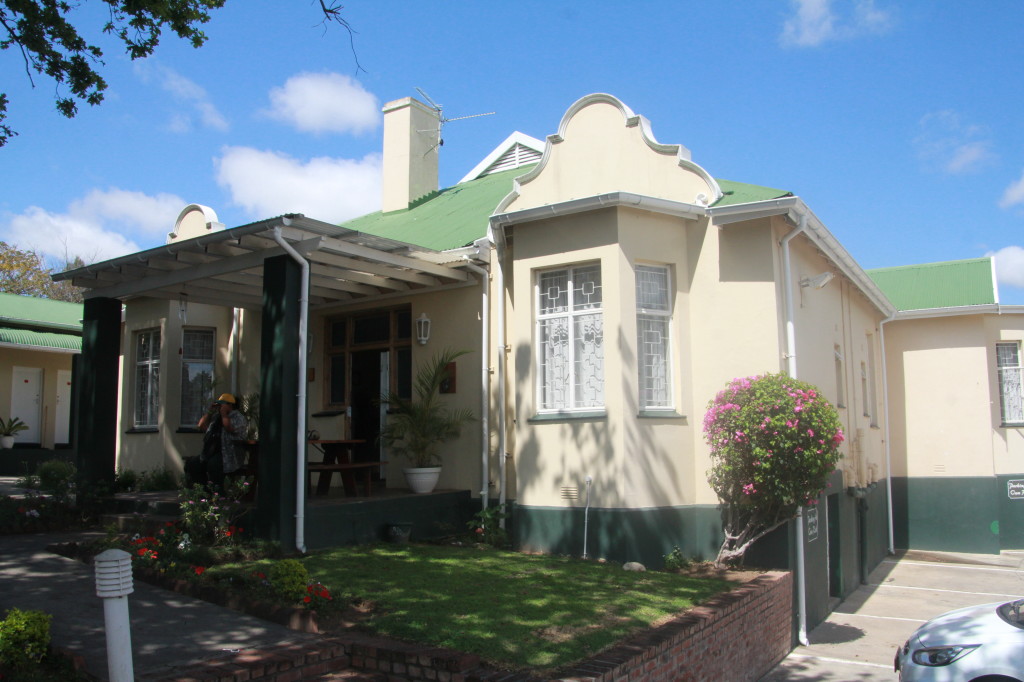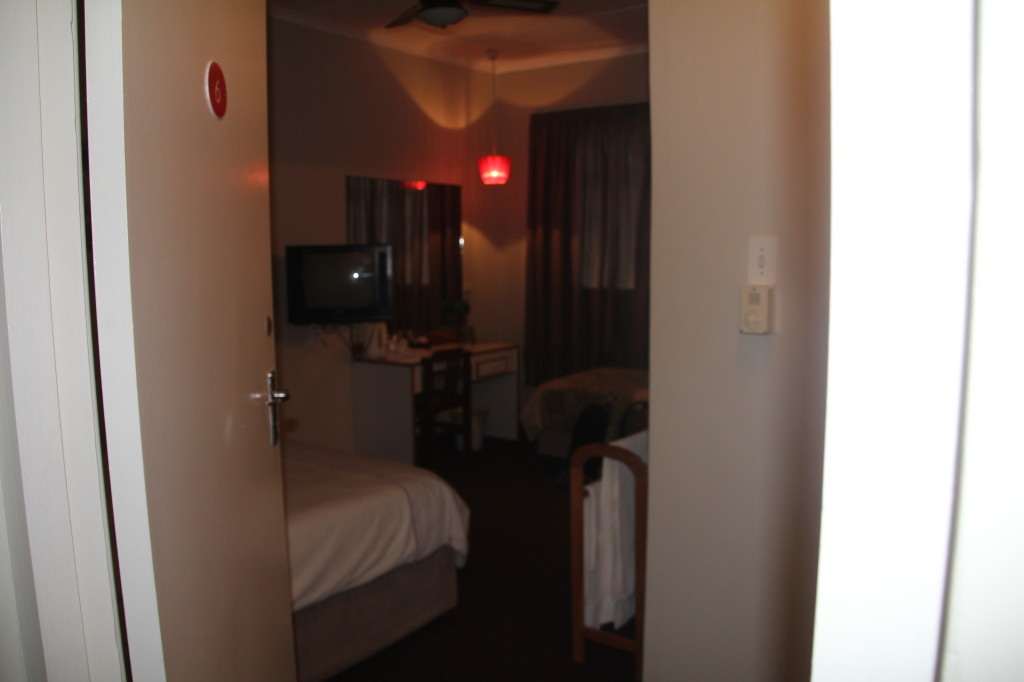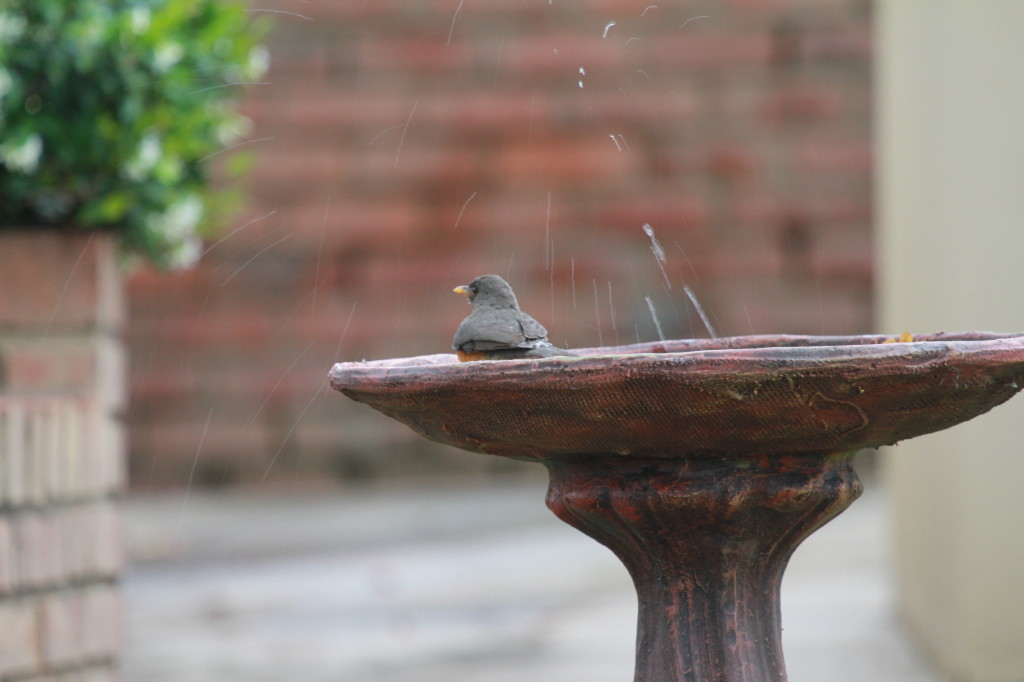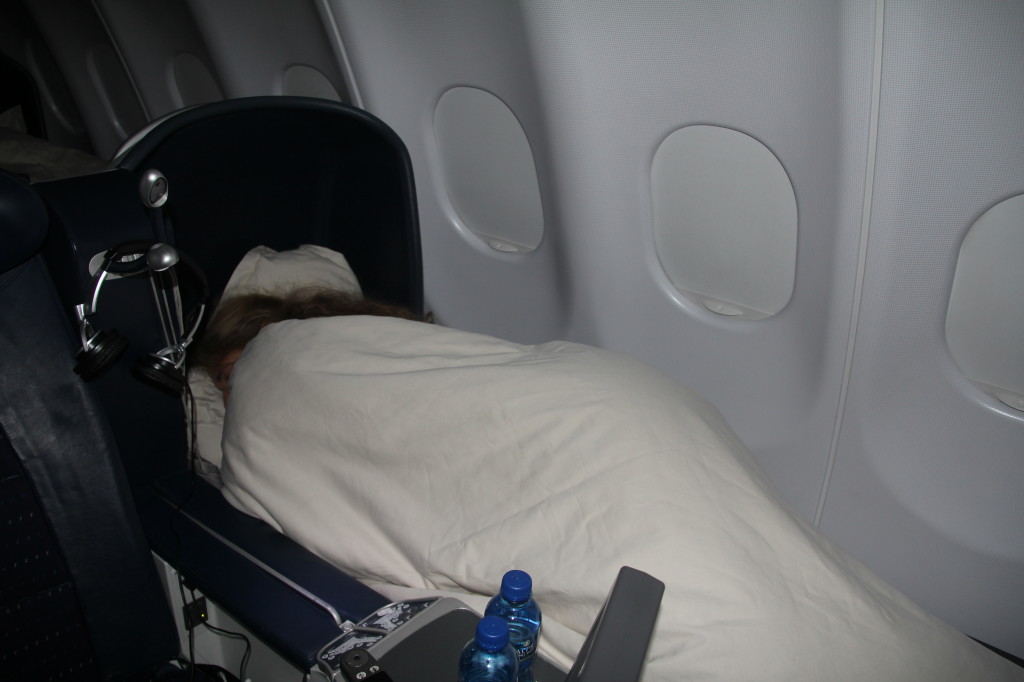During the planning stages of “The Mother of all African Adventures“, I was targeting areas in which parrot species could be found along with many other bird and mammal species. I will copy the targets here and give you the results to show how goal planning can affect your trip. Of course the trip will be blogged in detail over the next few months.
I have copied below the parrot species I was targeting which represent 17 out of the 24 species that are found in Africa and the neighboring island nations. Successes will be highlighted in lime green.
PARROT SPECIES FOUND IN AFRICA
1. Rose-ringed Parakeet – Psittacula krameri. We have seen them in several places in India and feral populations in Europe. Not a priority but may see them during the trip.
Result: Not seen on this trip.
2. Mauritius Parakeet – Psittacula echo. Habitat in Black River Gorges National Park, easily driven from hotel in Mauritius.
Result: Seen well in Black River Gorges National Park.
3. Gray Parrot – Psittacus erithacus. Has large range but many places difficult, expensive or possible unsafe to travel to. Easiest place to see them near Star Alliance airport is in Ghana at Kakum National Park.
Result: Only a pair seen flying at a distance in Kakum National Park.
4. Greater Vasa Parrot – Coracopsis vasa. Madagascar endemic, easiest place to find them near Star Alliance airport is Andasibe National Park.
Result: Seen well at Ankarafantsika National Park.
5. Lesser Vasa Parrot – Coracopsis nigra. Madagascar endemic, easiest place to find them near Star Alliance airport is Andasibe National Park.
Result: Seen well at Ankarafantsika National Park.
7. Black-winged Lovebird – Agapornis taranta. Found in Ethiopia. Slim chance to see them if there is a long layover at Addis Ababa.
Result: We had a scant hour of early dawn light to try to find them on a brief layover and failed to find any. Needed more time!
8. Red-headed Lovebird – Agapornis pullarius. Habitat not easily accessible, best chance is in Ghana.
Result: Poorly seen in dense foliage at University of Ghana, Accra.
11. Fischer’s Lovebird – Agapornis fischeri. Found in Tanzania, targeting them in Arusha, Tarangire and Serengeti.
Result: Seen well near Ndutu Safari Lodge on Serengeti border.
12. Yellow-collared Lovebird (Masked Lovebird) – Agapornis personatus. Found in Tanzania, targeting them in Arusha, Tarangire and Serengeti.
Result: Seen well at Tarangire National Park, Tanzania.
14. Grey-headed Lovebird – Agapornis canus. Madagascar endemic, easiest place to find them near Star Alliance airport is Anatanarivo’s Tsimbazaza Park.
Result: Seen at Ankarafantsika National Park.
15. Red-fronted (Jardine’s) Parrot – Poicephalus gulielmi. Targeted in Arusha National Park and possible Ghana.
Result: Seen at a distance at Arusha National Park, Tanzania
16. Cape Parrot – Poicephalus robustus. Southern coast of South Africa. Will try to find them as close as possible to Port Elizabeth.
Result: Seen well in King William’s Town, South Africa.
17. Brown-necked Parrot – Poicephalus fuscicollis. Subspecies of Cape Parrot. Have seen in Magoebaskloof, planning on return visit.
Result: Seen well at Magoebaskloof, South Africa.
18. Brown-headed Parrot – Poicephalus cryptoxanthus. Easiest to find in northern Kruger National Park.
Result: Seen well at Pretoriuskop Restcamp, Kruger National Park.
19. Red-bellied Parrot – Poicephalus rufiventris. Found in Tanzania, targeting them in Tarangire.
Result: Seen well at Tarangire National Park, Tanzania.
21. Meyer’s Parrot – Poicephalus meyeri. Several subspecies spread out over southern and central Africa. Best places to target them are northern South Africa and Tanzania’s Tarangire and Serengeti.
Result: Seen well at Tarangire National Park, Tanzania.
24. Senegal Parrot – Poicephalus senegalus. Wide-spread in West Africa but easiest place to see using Star Alliance airports would be Shai Hills, Ghana near Accra.
Result: Seen briefly at Shai Hills, Ghana.
By “seen well” I mean that the bird stuck around long enough to have a good look and get photos. In some cases, all we could see were birds flying rapidly through the trees or scrambling through foliage.
FINAL TALLY
17 out of 24 parrot species targeted.
15 out of these 17 were seen.
11 out of these 15 were “seen well”
That’s actually not bad when you consider how unpredictable wild birds can be, and it only happened because I did TONS of research to give myself the best possible odds!
















